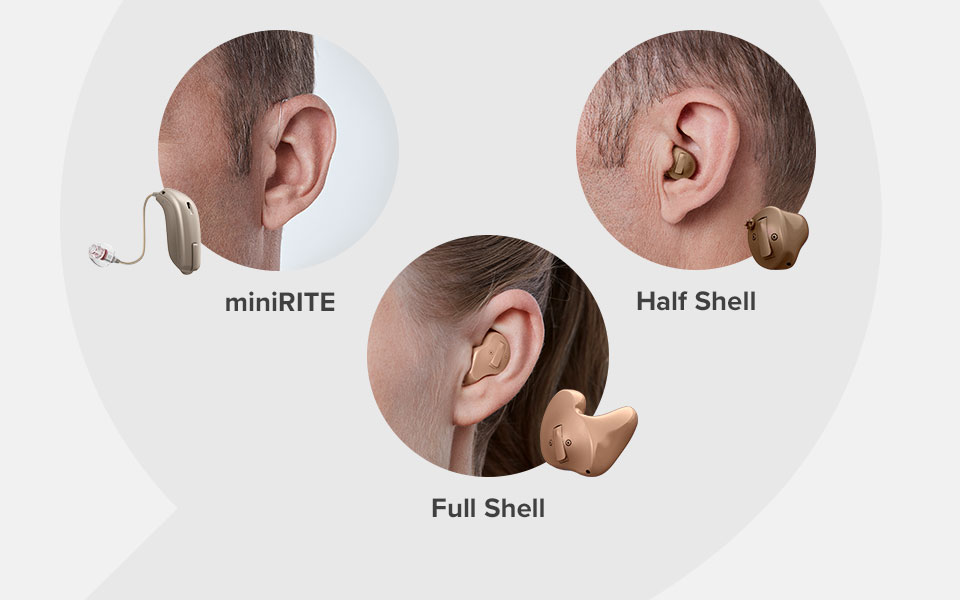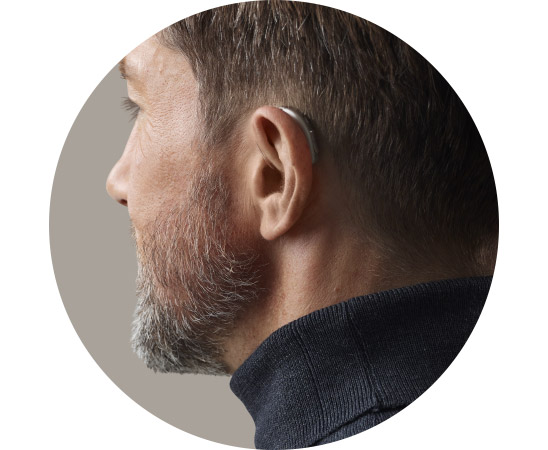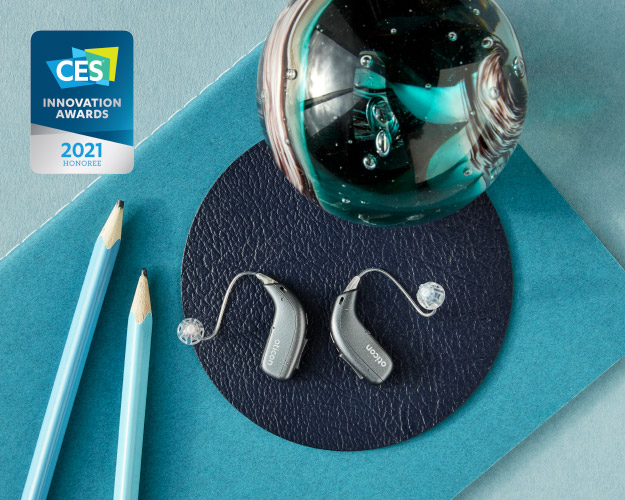“I consider myself a lucky one to have figured out what I love to do!”
My name is Brian Daly, and I’ve always been interested in audiology. I had “Glue Ear” as a child, which was treated by grommets. This had a profound effect on my hearing ability, and I felt pretty isolated. I want to protect people from that awful feeling helping them hear better, which is why I choose a career in audiology.
Advancements in technology and A.I. (Artificial Intelligence) are positively improving treatment options for patients. For example, new hearing aids enable a hearing experience on par with natural hearing, which is remarkable in today's "noisy world". These technologies give me tremendous confidence in my ability to help patients and improve their quality of life.
Hearing loss "cuts you off” from family, friends and life, affecting wellbeing, mental health and cognition. Therefore, I strongly suggest you don't delay treatment for hearing loss. Timely intervention enables effective treatment to improve long-term hearing ability, preventing or slowing further decline—moreover, the cost of hearing aids increases as hearing declines.








.jpg?rev=6c56e7cfcd9a4d10953aa896f6606de3)


